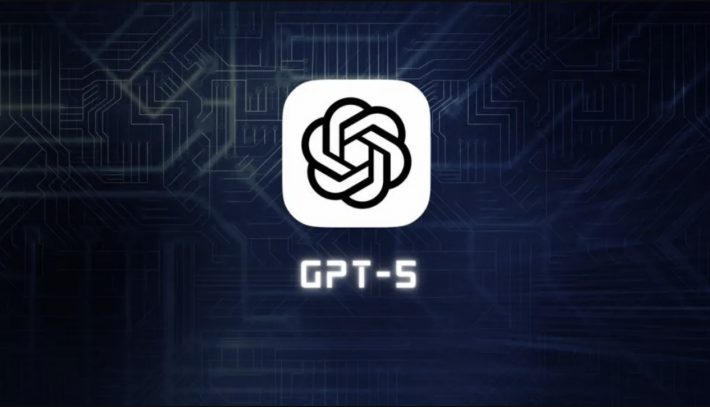After a frosty reception to GPT-5’s debut, OpenAI has retooled its flagship AI to sound more human, more approachable, and less robotic — but the fixes highlight growing tensions with users over trust, tone, and control.
OpenAI has quietly admitted that its long-hyped GPT-5 rollout didn’t go as planned. Following days of complaints that the model felt too formal, too cold, and too shallow, the company announced Friday that it had softened GPT-5’s personality to make it more “warmer and friendlier.”
The update, rolling out to all ChatGPT users within a day, adds small touches like light praise — “Good question” and “Great start” — designed to make conversations feel more natural. But OpenAI insists the changes stop short of slipping back into sycophancy, a flaw critics had hammered in GPT-4o, which many said was overly agreeable to the point of uselessness.
“Users can already customize ChatGPT through Custom Instructions,” said Nick Turley, head of ChatGPT. “But we’re also exploring new ways to let people shape their AI’s personality.” Among those options: four preset personas — Cynic, Robot, Listener, and Nerd — though they’re currently reserved for paying subscribers only.
The personality tweak is just the latest attempt to calm a growing storm of frustration around GPT-5. Despite CEO Sam Altman’s hype campaign, the launch landed flat last week:
- Users complained responses were shorter, drier, and lacked emotional nuance compared to earlier models.
- Subscription backlash erupted after OpenAI killed off older models, breaking user workflows and slashing limits for $20/month ChatGPT Plus customers. Many threatened to cancel outright.
- OpenAI scrambled to patch the fallout, restoring the model picker and boosting usage limits — first for the standard model, then for the GPT-5 Thinking variant.
The result? GPT-5 is now being reshaped in real time — not just by engineers in San Francisco, but by the loud, restless user base whose expectations for AI are higher than ever.





